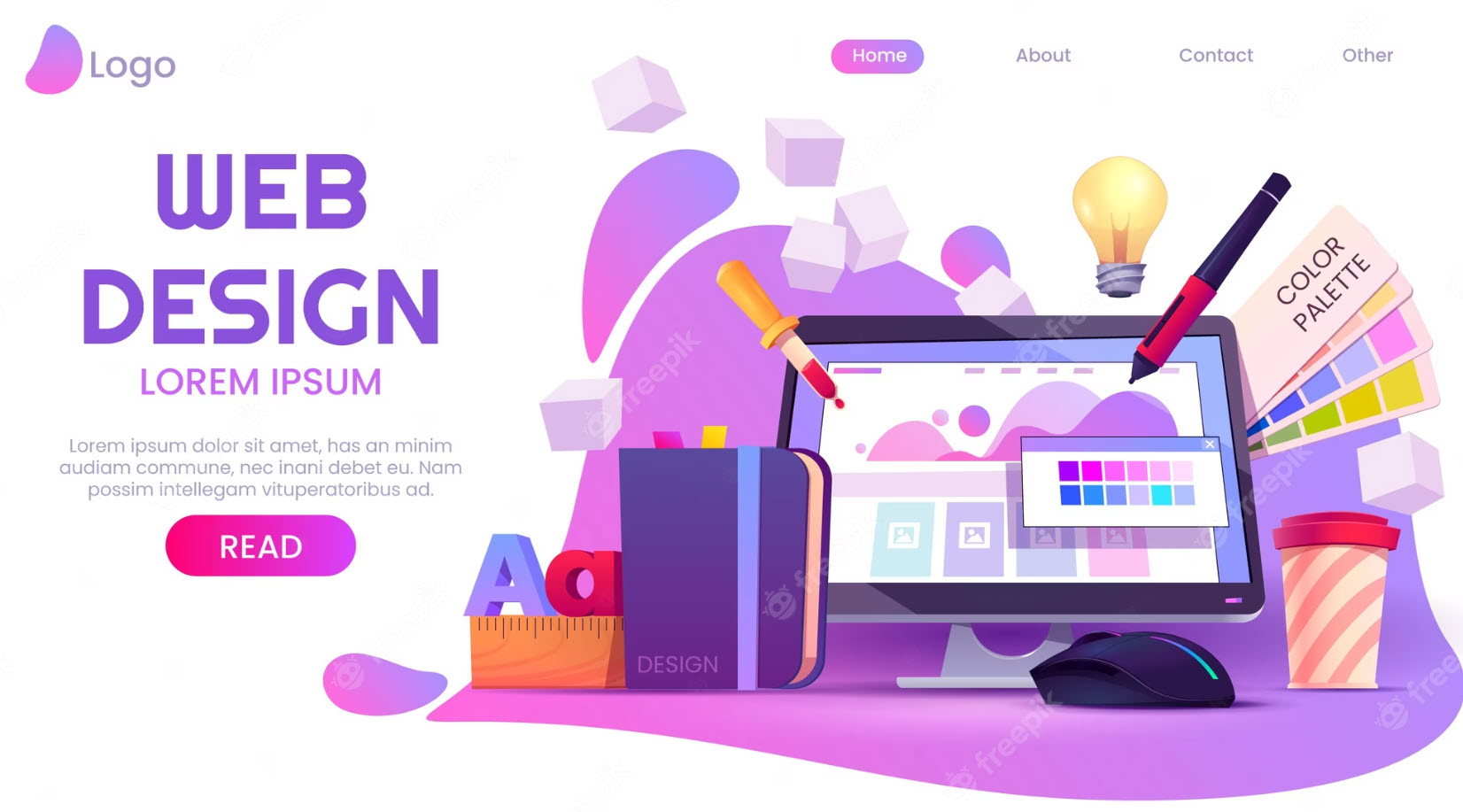10 Essential Web Design Tips for Creating Stunning Websites In the ever-evolving landscape of the internet, web design has become a critical aspect of creating successful online platforms. A well-designed website not only captures the attention of users but also enhances their experience and drives desired actions. Whether you're a seasoned web designer or a novice venturing into the world of digital design, these ten essential web design tips will help you create stunning and effective websites that leave a lasting impression.
Prioritize User-Centric Design User experience (UX) should be at the forefront of your web design strategy. Design with empathy, considering the needs, preferences, and behaviors of your target audience. Organize content logically, ensuring easy navigation and clear call-to-action buttons. Keep the user interface (UI) simple and intuitive, minimizing clutter and unnecessary elements that could overwhelm visitors.
Responsive Design is Non-Negotiable With the increasing use of smartphones and tablets, a responsive design is no longer a luxury; it's a necessity. A responsive website adapts seamlessly to various screen sizes and devices, ensuring that your content remains accessible and visually appealing across platforms. Google also rewards responsive design with higher search engine rankings, making it a crucial factor for both user experience and SEO.
Focus on Page Speed In the fast-paced digital world, users have little patience for slow-loading websites. Page speed not only affects user experience but also impacts your site's search engine ranking. Compress images, minimize HTTP requests, and optimize code to ensure your website loads swiftly. Tools like Google PageSpeed Insights can provide insights into areas for improvement.
Implement Clear Call-to-Actions (CTAs) A well-designed website should guide users toward specific actions, whether it's making a purchase, signing up for a newsletter, or contacting your business. Utilize clear and strategically placed CTAs that stand out from the rest of the content. Choose contrasting colors, compelling copy, and appropriate positioning to encourage user engagement.
Typography and Readability Matter The choice of typography can significantly impact how users perceive your website's content. Select fonts that are easy to read across different devices and sizes. Maintain a consistent font hierarchy for headings, subheadings, and body text. Proper line spacing and paragraph spacing enhance readability, ensuring that users can effortlessly consume your content.
Leverage White Space White space, also known as negative space, is the empty area around design elements. It might be tempting to fill every inch of your website with content, but white space is essential for visual clarity and balance. It allows content to breathe, improving readability and emphasizing key elements. A well-designed layout strikes a harmonious balance between content and white space.
Maintain Visual Consistency Consistency in design elements such as colors, fonts, and imagery creates a unified and professional look for your website. Establish a visual style guide that outlines color palettes, typography guidelines, and image treatments. This ensures that every page of your website maintains a cohesive and recognizable brand identity.
Optimize Images and Graphics High-quality images and graphics can elevate the visual appeal of your website, but they should be optimized for web use. Large, uncompressed images can slow down your site's loading speed. Resize images to the appropriate dimensions and use formats such as JPEG or PNG, balancing quality with file size. Additionally, consider using CSS effects instead of image-heavy elements whenever possible.
Accessibility is a Must Web accessibility is a legal requirement in many regions, and it's a moral obligation to ensure that your website is usable by everyone, including individuals with disabilities. Use semantic HTML to structure content, provide alternative text for images, and ensure that navigation can be done using a keyboard alone. Accessibility not only widens your audience but also demonstrates your commitment to inclusivity.
Test Across Browsers and Devices Your website may look flawless on one browser and device, but that doesn't guarantee a consistent experience across all platforms. Test your website on various browsers, including Chrome, Firefox, Safari, and Edge. Additionally, explore how it performs on different devices, such as smartphones, tablets, and desktops. This testing phase allows you to identify and address any design or functionality issues before they affect user experience.
In conclusion, web design is a dynamic field that demands a combination of creativity, technical skill, and user-centered thinking. By prioritizing user experience, embracing responsive design, optimizing page speed, and implementing clear CTAs, typography, and white space, you can create visually stunning and highly functional websites. Consistency in design, image optimization, accessibility, and thorough testing across browsers and devices are also crucial components of successful web design. As you embark on your web design journey, remember that the ultimate goal is to create websites that not only captivate visitors but also provide them with valuable and enjoyable online experiences.
https://howtomakeawebsitebuilders.com/
